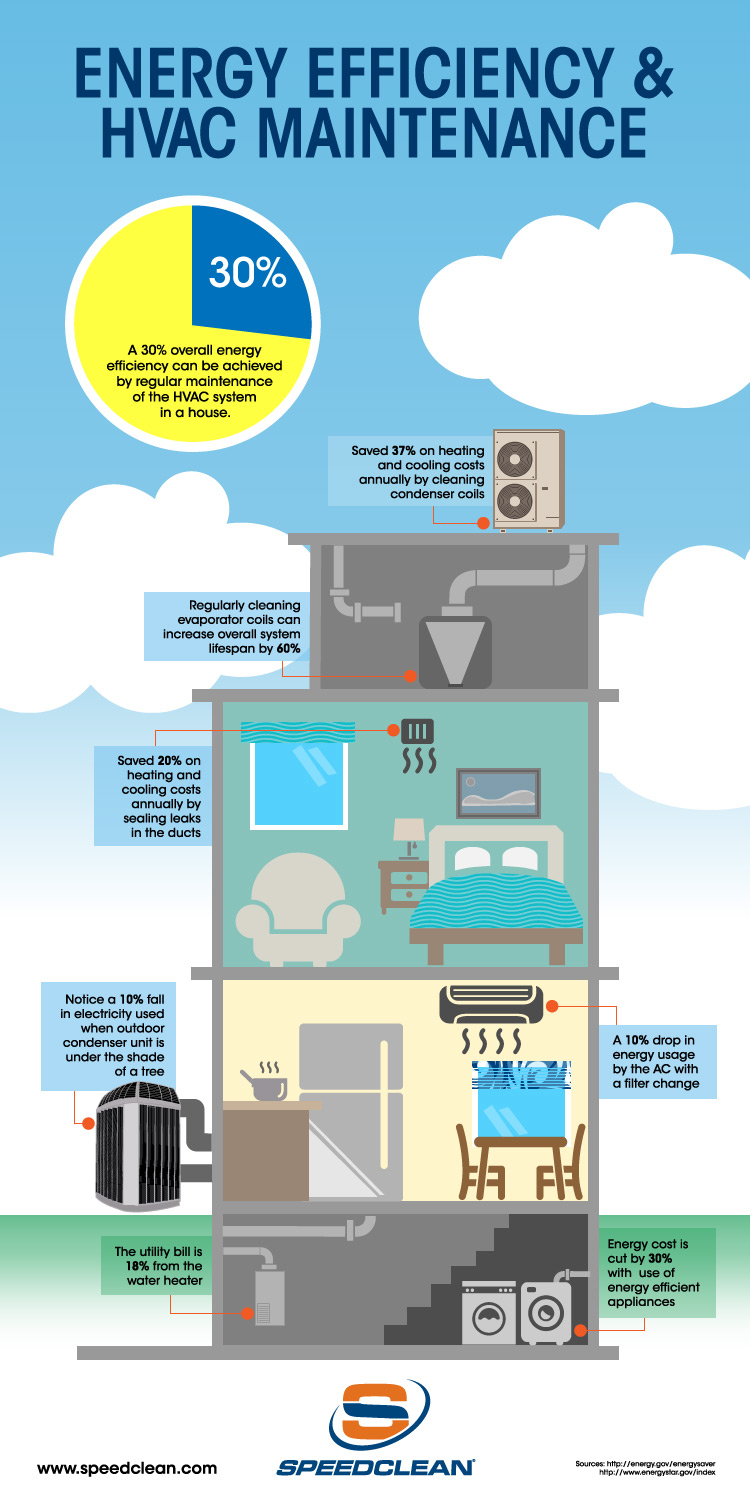Discover The Crucial Approaches To Improve The Performance And Life Expectancy Of Your Heat Pump System By Avoiding Typical Setup Errors
Discover The Crucial Approaches To Improve The Performance And Life Expectancy Of Your Heat Pump System By Avoiding Typical Setup Errors
Blog Article
Content By-Dowling Gillespie
When installing a heat pump, you must steer clear of usual mistakes that can jeopardize its efficiency. Overlooking proper sizing may bring about inadequacies and greater energy expenses. Neglecting insulation and securing can result in power waste and pressure on the system. Furthermore, placing the outside unit inaccurately may impact its efficiency. By preventing these mistakes, you can make sure ideal functioning and durability of your heatpump system.
Improper Sizing of Heatpump
When it involves the installment of heat pumps, among the most common mistakes is incorrectly sizing the system for your area. Ensuring the best dimension is essential for ideal efficiency. If the heat pump is too small, it will certainly battle to warmth or cool your area efficiently, resulting in boosted energy costs and prospective damage on the system.
On the other hand, if the heatpump is too huge, it will certainly cycle on and off regularly, triggering temperature level variations and decreasing its life-span.
To prevent this blunder, it's necessary to have a professional examine your area and advise the proper dimension of the heatpump based upon factors like square video, insulation, ceiling elevation, and regional environment. By spending the moment and initiative to guarantee the appropriate sizing, you can appreciate a comfy setting while making best use of energy efficiency and extending the lifespan of your heatpump.
Inadequate Insulation and Sealing
To make sure the effective operation of your heatpump, it's critical to resolve poor insulation and securing in your space. Correct insulation assists maintain a consistent temperature indoors, decreasing the work on your heatpump. Inadequate insulation can bring about energy loss, making your heat pump job harder and much less efficiently.
Securing any kind of gaps or leakages in your room is similarly vital. https://fernandozgnoy.blog-mall.com/31756089/enthralled-by-the-advancements-in-heatpump-modern-technology-find-out-exactly-how-it-may-redefine-your-home-s-comfort-and-enhance-power-effectiveness allow conditioned air to get away and outdoor air to seep in, forcing your heat pump to compensate for the temperature variations.
Inaccurate Positioning of Outdoor Device
Resolving the placement of your heatpump's exterior system is key to enhancing its efficiency. Mounting the outdoor unit in a wrong location can bring about efficiency issues and possible damages to the unit.
One usual blunder to prevent is putting the outside unit also close to a wall surface or other frameworks. This can restrict air flow, triggering the device to work more challenging to heat or cool your room, eventually minimizing its performance and life-span.
Another mistake to stay away from is positioning the exterior device in straight sunshine. While some sunshine is inevitable, excessive exposure can lead to overheating, specifically throughout warm summer season days. why not check here to position the exterior unit in a shaded location to aid keep its ideal operating temperature level.
Furthermore, make sure that the outdoor unit is put on a secure and degree surface area. Unequal ground can cause vibrations and unneeded pressure on the unit, influencing its efficiency with time.
Verdict
To conclude, preventing usual blunders during heat pump setup is vital for making the most of effectiveness and durability of your system. By making https://www.abc.net.au/everyday/how-to-cool-a-single-room-in-your-home/100795612 sizing, appropriate insulation, securing, and proper positioning of the outside system, you can stop problems such as ineffectiveness, increased energy bills, and pressure on the system. Making the effort to address these key variables will ultimately save you time and money in the future.
